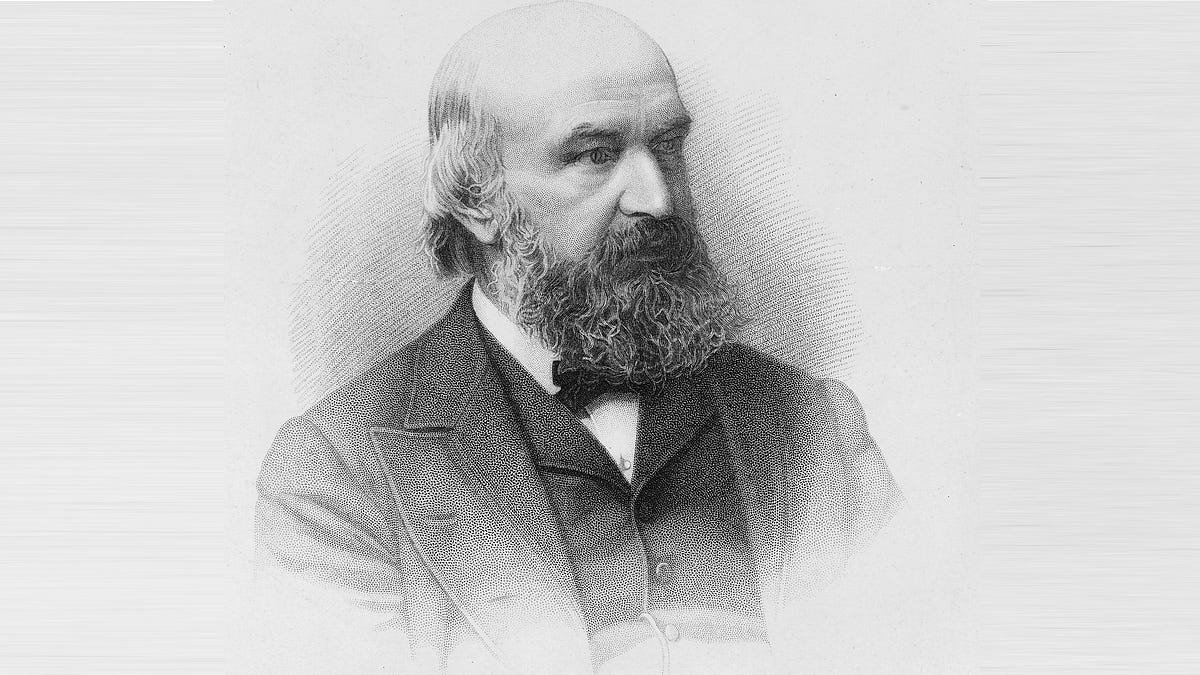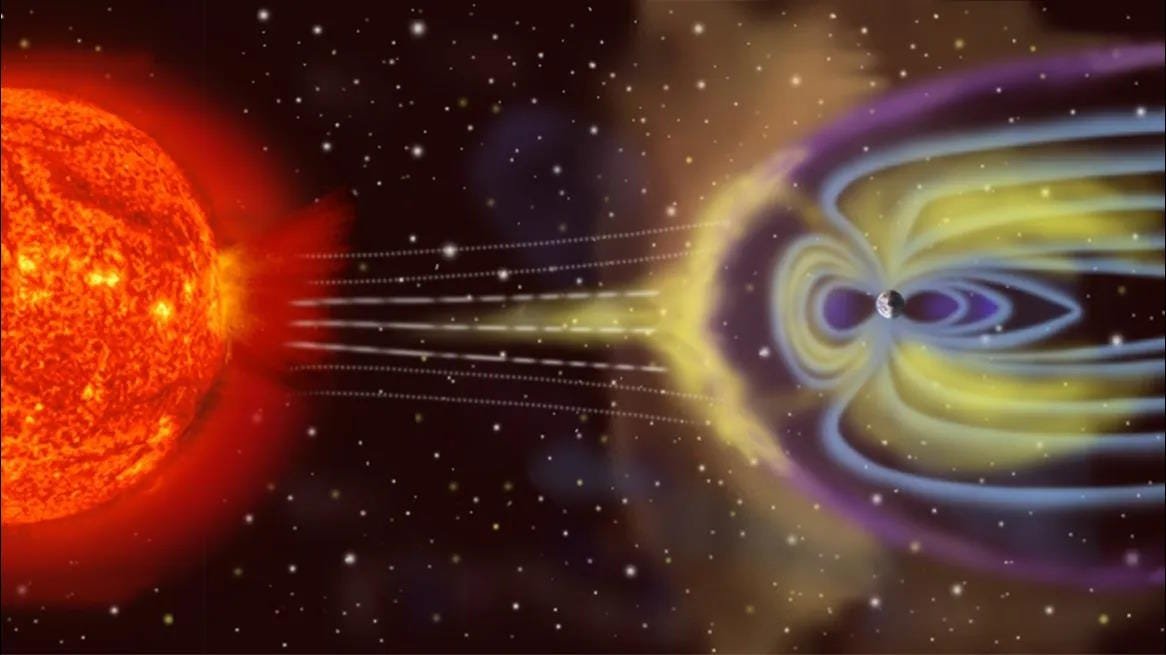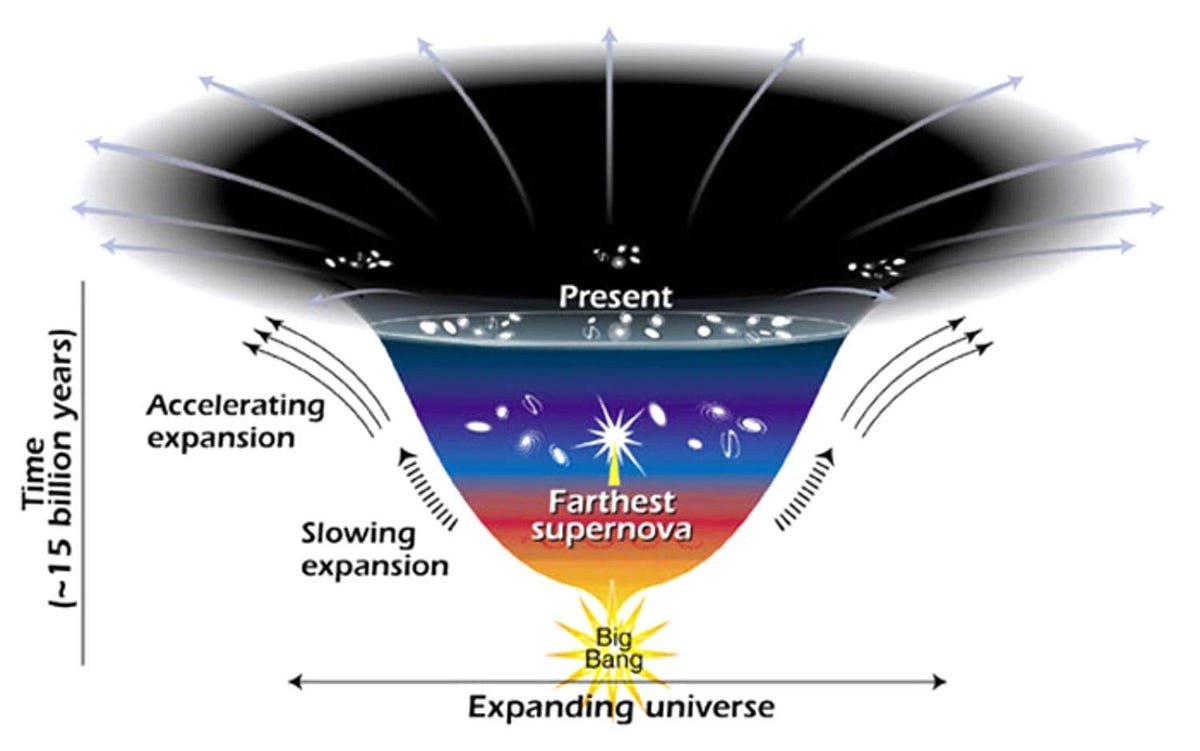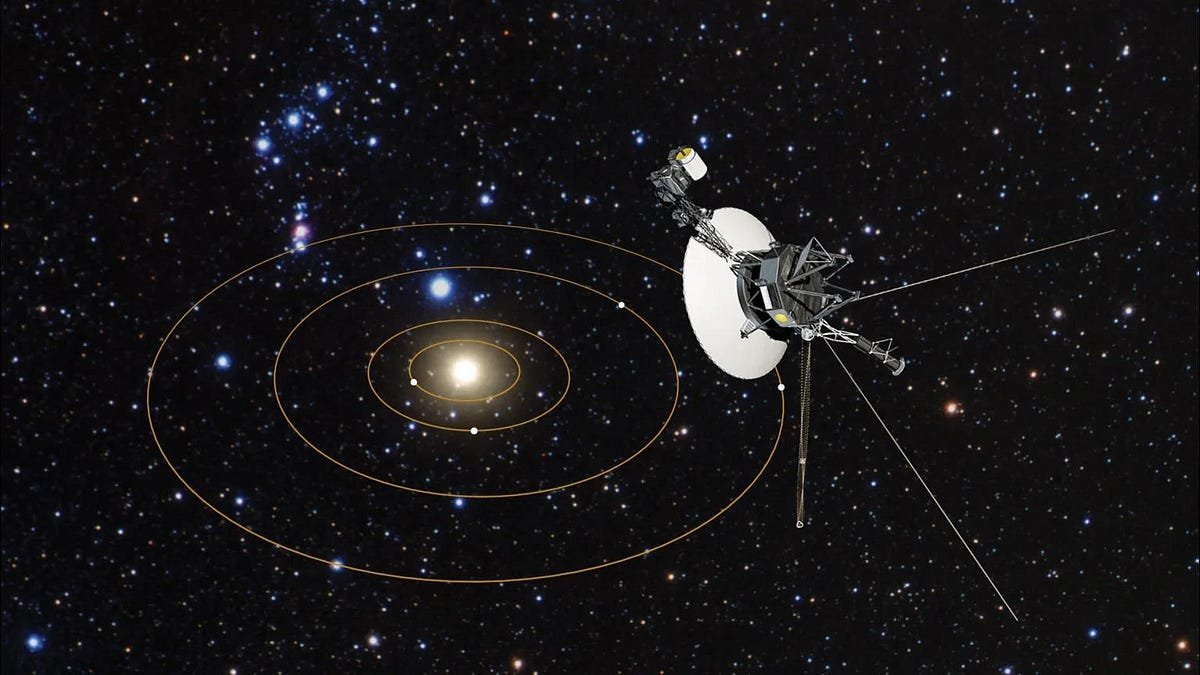
What was it like when the first atoms formed? | by Ethan Siegel | Starts With A Bang! | Dec, 2023
The first elements in the Universe formed just minutes after the Big Bang, but it took hundreds of thousands of years before atoms formed.
When it comes to our world, our Solar System, and all the planets, stars, and galaxies we can detect within our Universe, we find that they’re all made up of the same ingredients: atoms. And from the subatomic particles that bind together to make those atoms — electrons and atomic nuclei — we find that neutral atoms in turn interact and link up to form more complex structures: simple and complex molecules, some of which can eventually give rise to macroscopic structures and even life. It’s one of the most impressive facts about the Universe: that the laws and contents of the Universe exist in such a that they admit even the possibility of complex structure. When we look, that’s precisely what we find within it today.
But for hundreds of thousands of years, dating from the instant of the hot Big Bang, it was impossible to form even a single atom. Even though it only takes minutes to form atomic nuclei and leave the Universe in a state where electrons and those nuclei are steeped in a mere background bath of photons and neutrinos (and antineutrinos), it takes hundreds of thousands of years for atoms to stably form. It takes a huge amount of cosmic evolution, and a number of important evolutionary steps, in order to create them. Here’s the story of how the first atoms were formed.
By time the Universe is four minutes old, it’s already done fusing all the atomic nuclei it can fuse in this hot, dense, early state. There are no more free neutrons; they’ve all been incorporated into heavier nuclei. These include:
- Helium-4 (two protons and two neutrons),
- Deuterium (one proton and neutron),
- Helium-3 (two protons and one neutron) and Tritium (one proton and two neutrons),
- and Lithium-7 (three protons and four neutrons) and Beryllium-7 (four protons and three neutrons).




